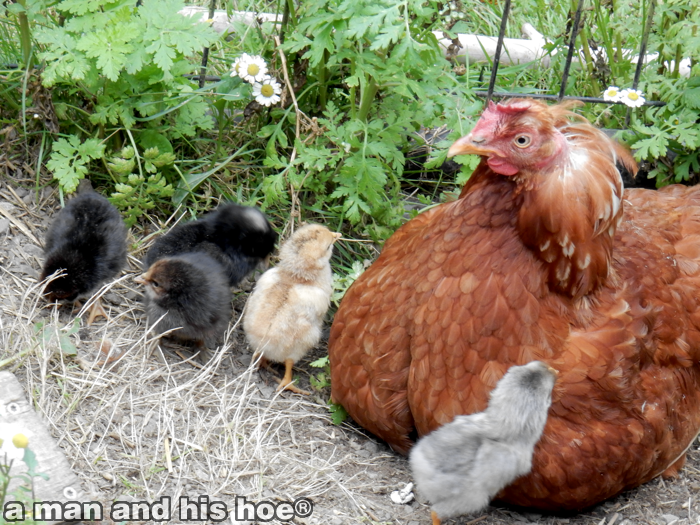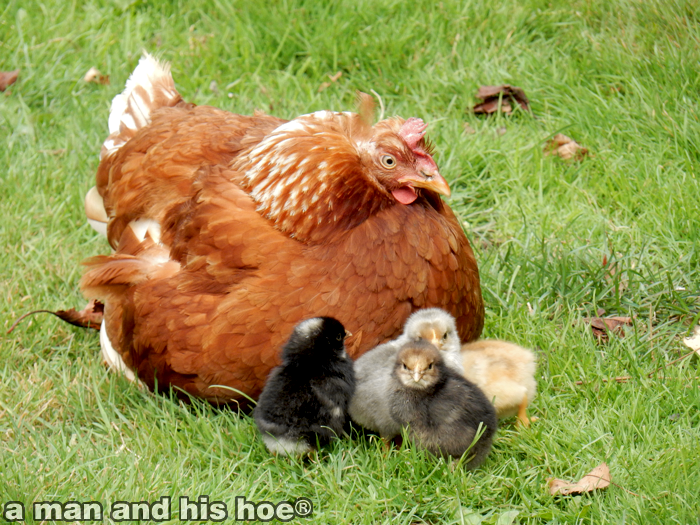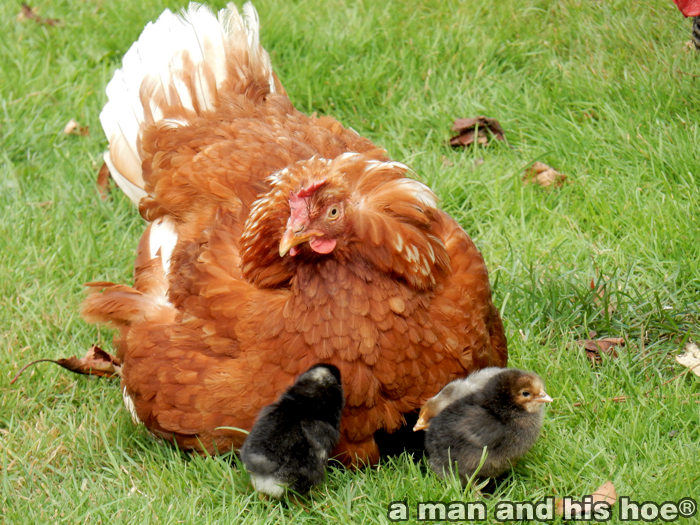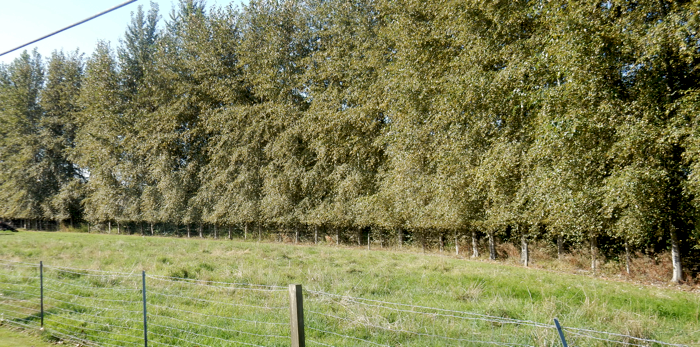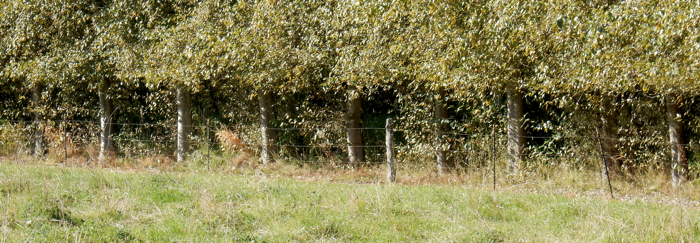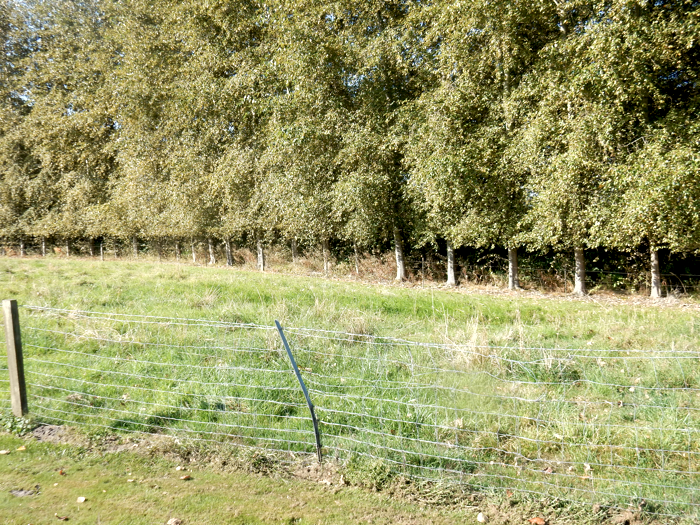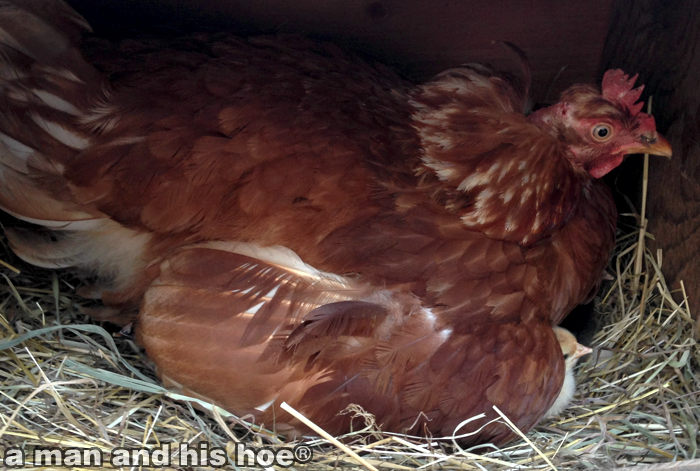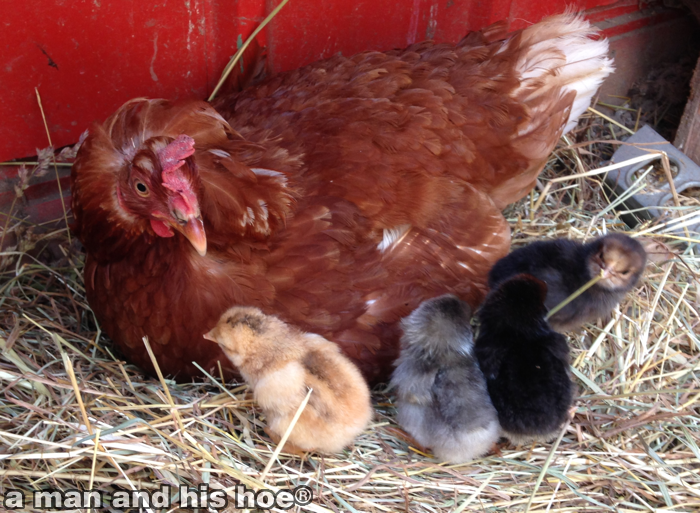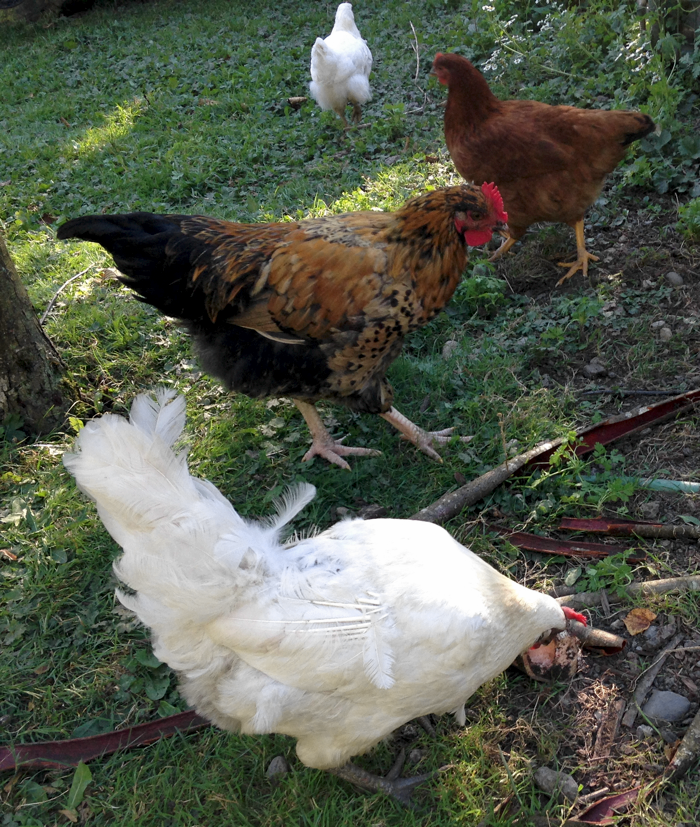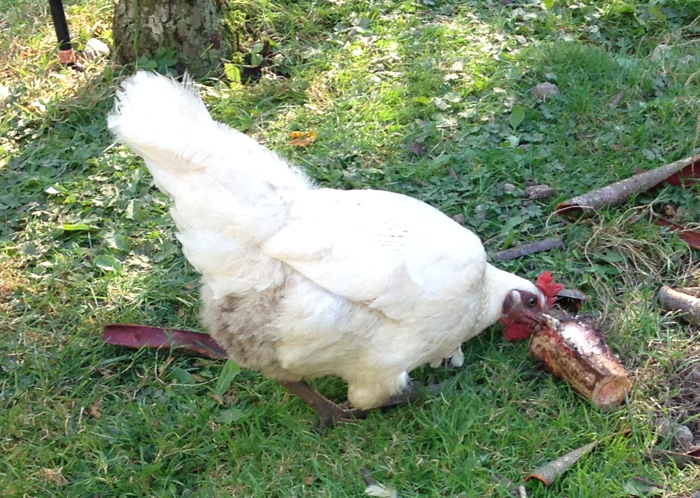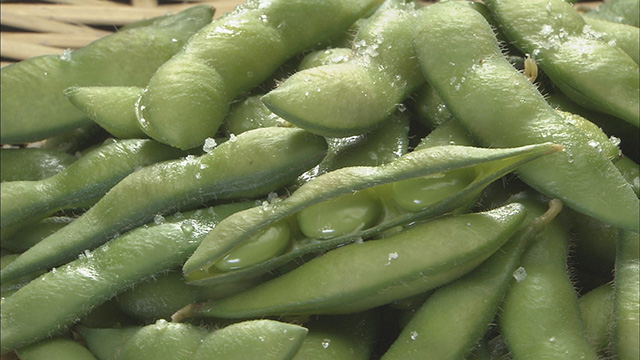
I watched a program on TV Japan called “Tameshite Gatten” which each week, looks at something people use all the time, and takes an hour to thoroughly explain it. This evening they were covering fresh soybeans, which are usually boiled in salt water, and are called “edamame”, which literally mean “beans on the stem”.
Many stores sell edamame, but they are usually sold precooked and frozen in the US. What was interesting about tonight’s show is that many in Japan will only buy fresh edamame that are picked that day. The reason for this is that within hours of being picked, edamame loose their sweetness. When picked fresh, the amount of sugar in them is a bit over 3%. But with three days of being picked, that level falls to nearly 2%.
It would be hard to find consumers in the US insisting on buying only beans that were picked that day, and refusing to buy beans that were picked three days ago. Why aren’t consumers in the US more demanding of the groceries they purchase? I often wonder about that. I’ve yet to see someone in a supermarket ask the grocer if the produce was picked that day or how many days ago it was picked. The same is true for eggs and meat. There seems to be no demand for fresh produce.
Plants are living things, and even after being picked, they still breathe. To breathe, they use up the sugars that are in them. However, since they are no longer attached to their root systems and to the ground, they aren’t able to replenish the nutrients they use to breathe, and their quality degrades.
Quick cooling and shipping produce in cool, oxygen and carbon dioxide restricted containers will slow this breathing, but with each passing day the quality of the produce degrades. It’s best if you can pick your produce at the time you make your meals. The question is how do we do this? What needs to change with how people get their produce to enable them to have produce picked just hours before eating it?
